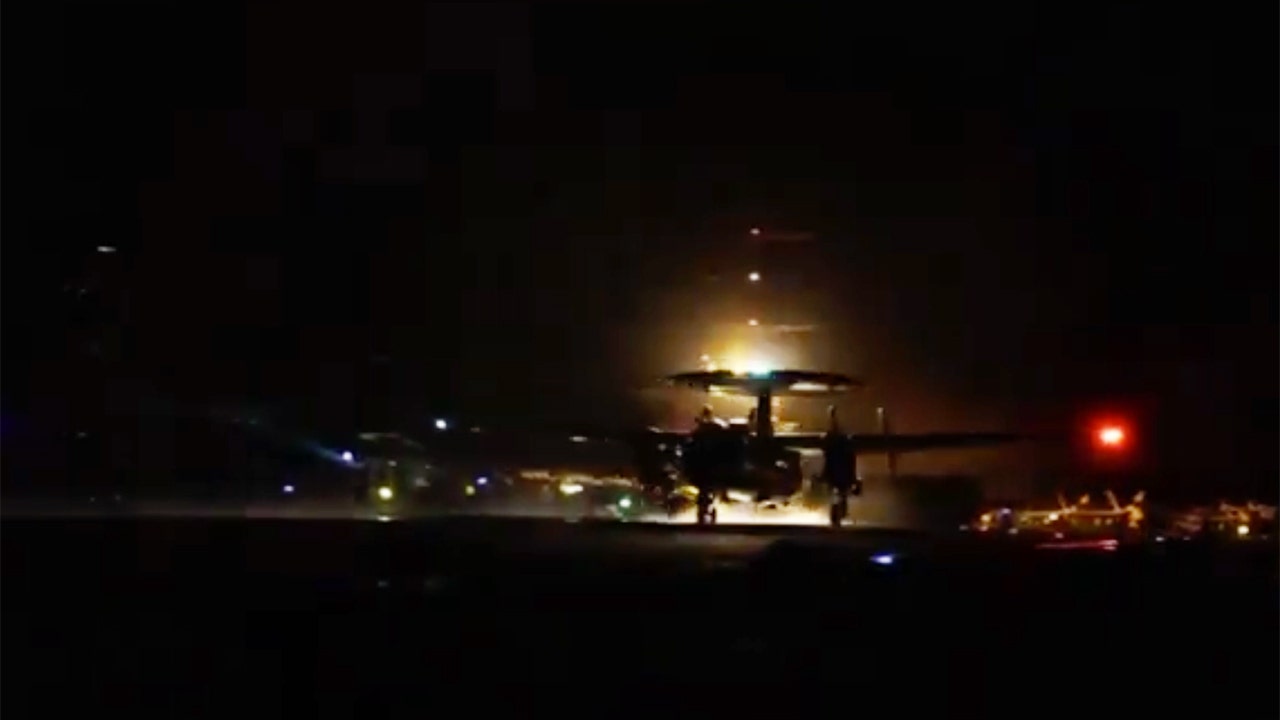World
Canadian wildfire smoke reaches northern U.S., bringing air quality concerns

As wildfire season begins, smoke from active wildfires in Canada has reached the U.S., prompting air quality concerns and Minnesota’s first air quality alert in 2024, ABC News reported. As of Sunday, over 100 wildfires were raging across Canada, with most of them in British Columbia and Alberta.
At least 40 of the wildfires have been labeled by Canadian authorities as “out of control,” per ABC News.
Wildfires cause evacuations in Canada
As over 20,000 acres blazed in western Canada, authorities issued evacuation orders in the Northern Rockies Regional Municipality and Fort Nelson First Nations areas. The NRRM and Fort Nelson First Nation’s order came down on Saturday.
According to Reuters, nearly 3,500 people, who make up most of Fort Nelson, have been evacuated as of Sunday night, and evacuation orders issued for the Indigenous town of Fontas.
Evacuation preparations were also initiated in Alberta at Fort McMurray, though rain helped to control the fires enough to avoid further evacuation plans until further notice. The initial alert extended to Saprae Creek Estates, Gregoire Lake Estates and Rickards Landing Industrial Park.
Residents in those areas are asked to await further instruction.
Smoke and air quality concerns
Wildfire smoke blankets much of Canada, raising concerns across the country regarding poor air quality. According to Reuters, on Sunday, Environment Canada issued an alert warning of poor air quality and low visibility from British Columbia to Ontario.
Windy conditions have pushed wildfire smoke into Edmonton, where an air quality advisory warns of “very high risk” hazard levels, per CBS News.
“Wildfire smoke can be harmful to everyone’s health even at low concentrations,” officials said, and warned that people with adverse health conditions, especially, should remain indoors and away from smoke. Masks should be used, they advised, if people must spend time outside amid smoky skies.
Wildfire smoke has also reached multiple states in the U.S., including Minnesota, Montana, North Dakota, South Dakota and Wisconsin. It’s prompted Minnesota to issue its first air quality alert of 2024. According to ABC News, the Air Quality Index in most of Minnesota over the weekend has hovered between 150 and 200, with it crossing over 200 a number of times.
Smoke is projected to migrate throughout the week into Nebraska, and much of the central and northern U.S. will see hazy skies.
Heavy smoke in much of the affected areas is expected to lessen, though some smoke will likely remain into the week.
According to the American Lung Association, wildfire smoke can negatively affect asthma, trigger heart attacks and strokes, cause a variety of respiratory symptoms, and close proximity can bring on carbon monoxide poisoning.
An outlook on wildfire season in Canada and the U.S.
Canada may be looking at another dangerous fire season, officials said earlier this year, per CBS News, as a result of a warmer and drier winter across the country combined with a warmer spring and summer forecast. These conditions make the land ripe for fires, which can start and spread easily.
“With the heat and dryness across the country, we can expect that the wildfire season will start sooner and end later, and potentially be more explosive,” said Canada Emergency Preparedness Minister Harjit Sajjan, as reported by CBS News. Canada’s fire season begins in May and ends in October.
This forecast comes a year after an especially destructive fire season in the country that prompted thousands to evacuate and brought dangerous air quality across much of Canada and the U.S., many of whose cities topped the world rankings of having the worst air quality.
According to an April AccuWeather report, the U.S. isn’t expected to have a particularly catastrophic fire season.
“Fires across the country are predicted to burn between 4 and 6 million acres of land in 2024, below the historical average of around 7 million acres,” the report said. A National Interagency Fire Center report argues that there is still an elevated fire risk, though, due to drought conditions and high temperatures.
The western U.S. spawns the largest wildfires, AccuWeather reported, but will likely have a later start to the season. Canada is projected by both reports to have a longer and more active than average fire season.
“Prescribed burns may be put on hold in the Northwest during May and early June due to above-average precipitation,” AccuWeather meteorologist Brandon Buckingham said. He said fires will become more frequent in midsummer and early fall.










